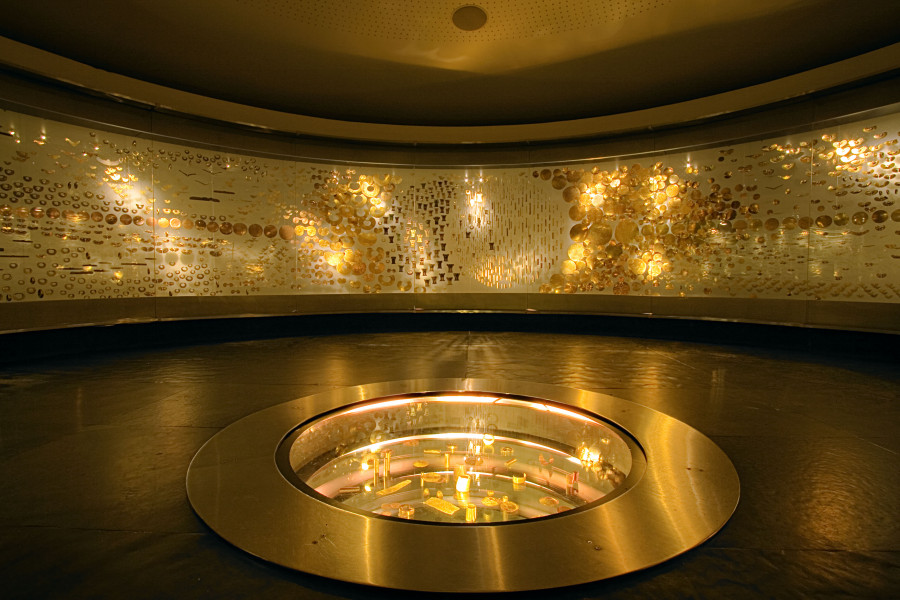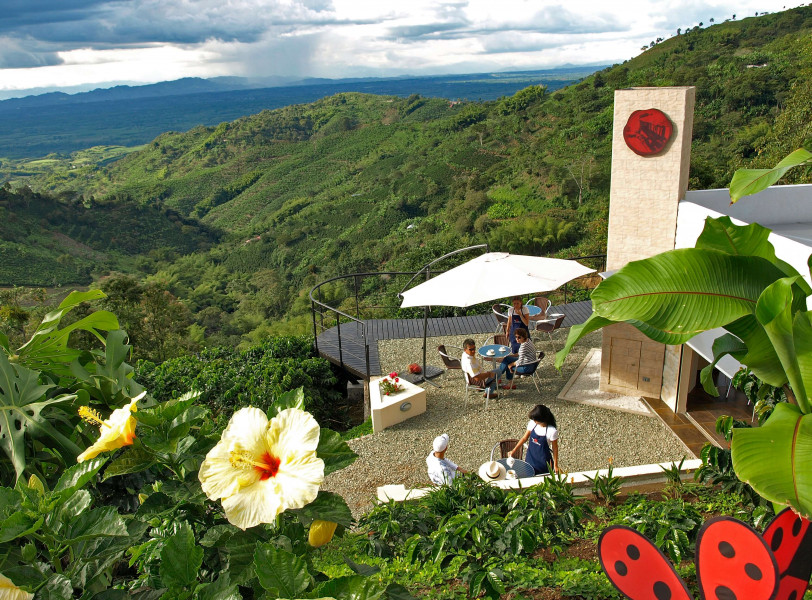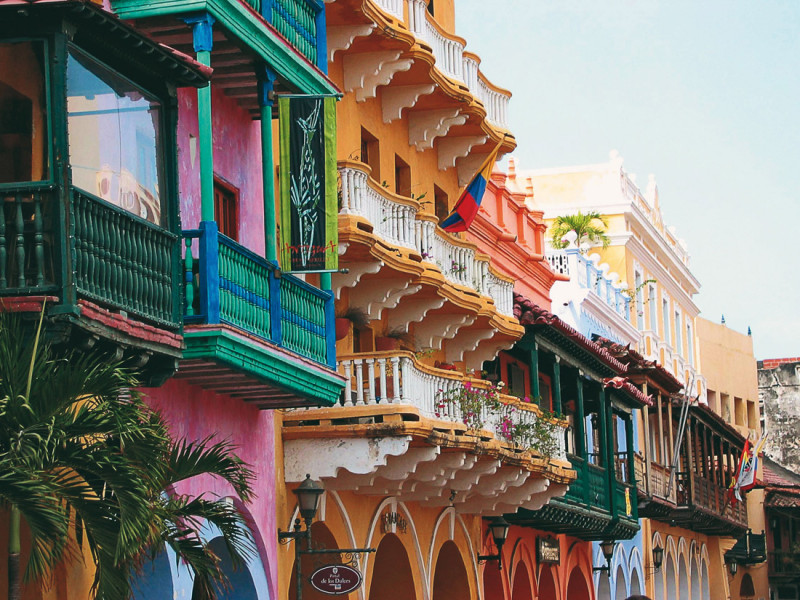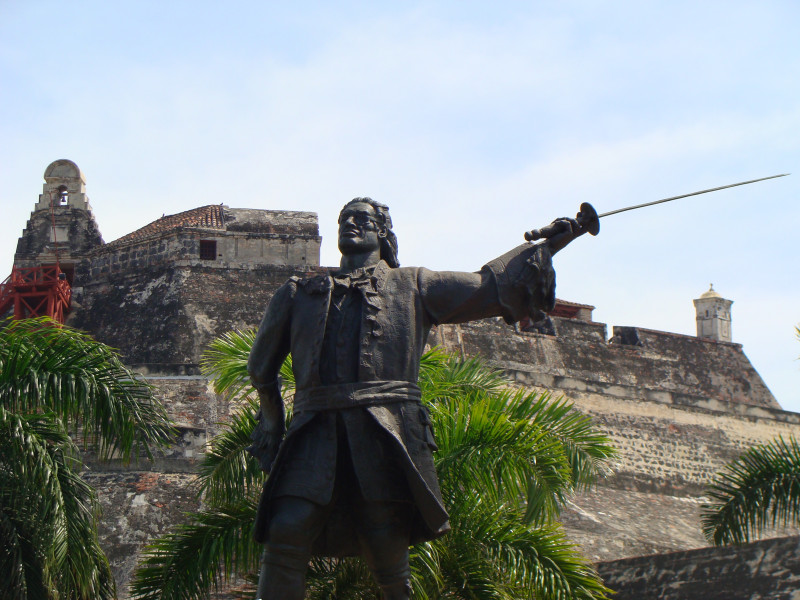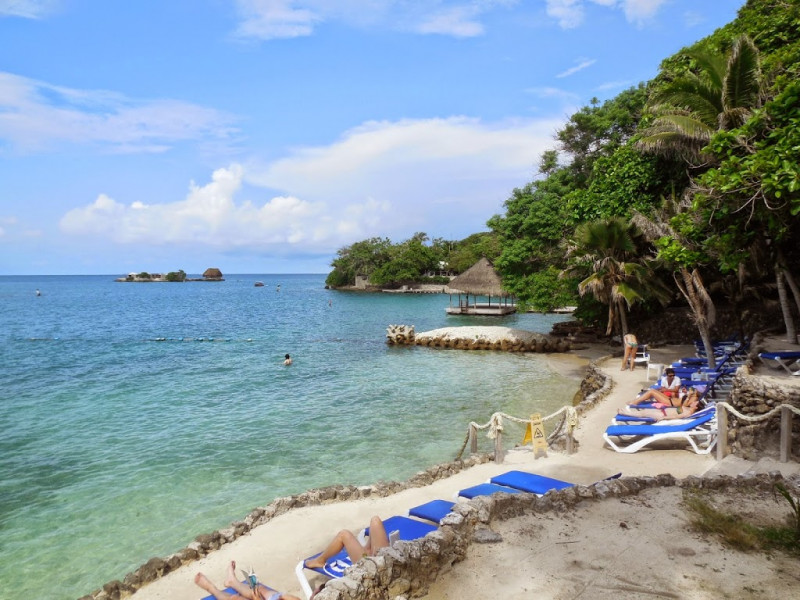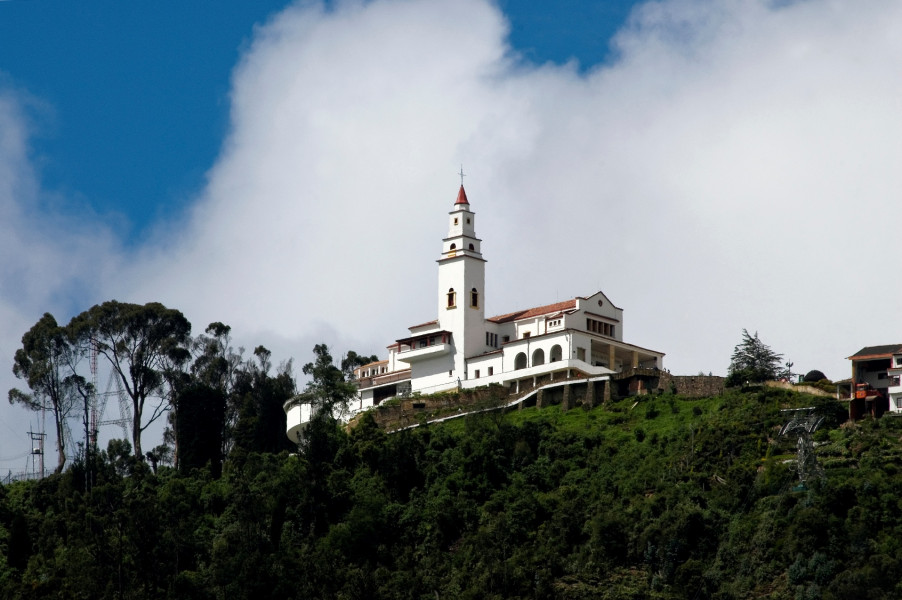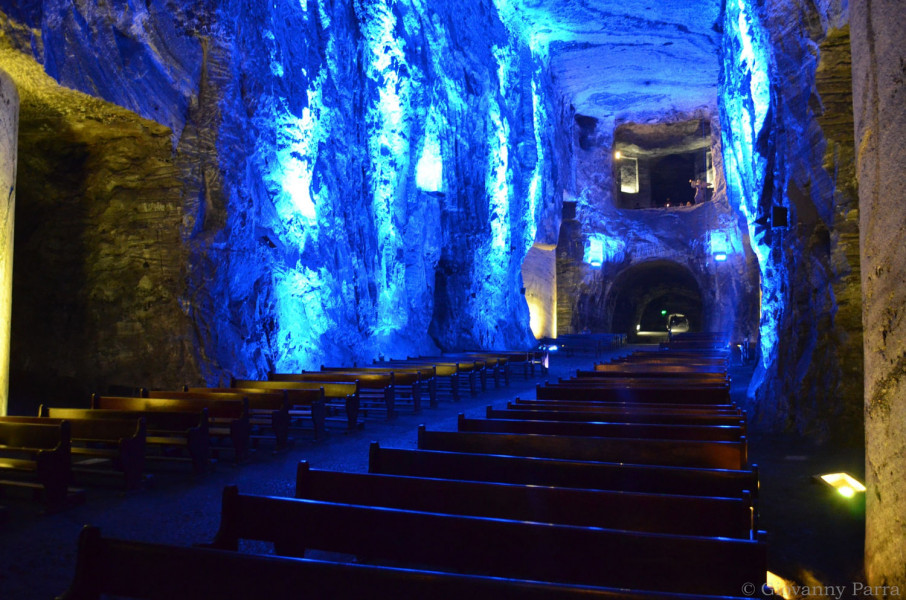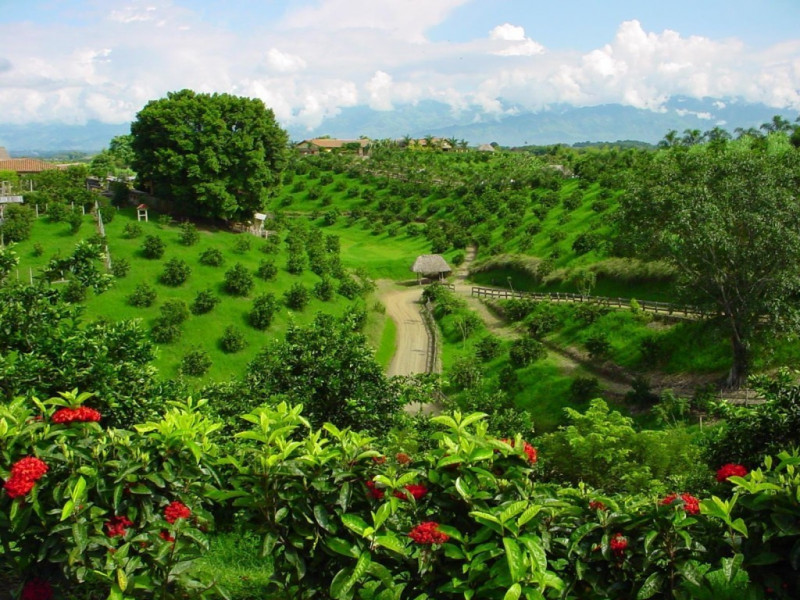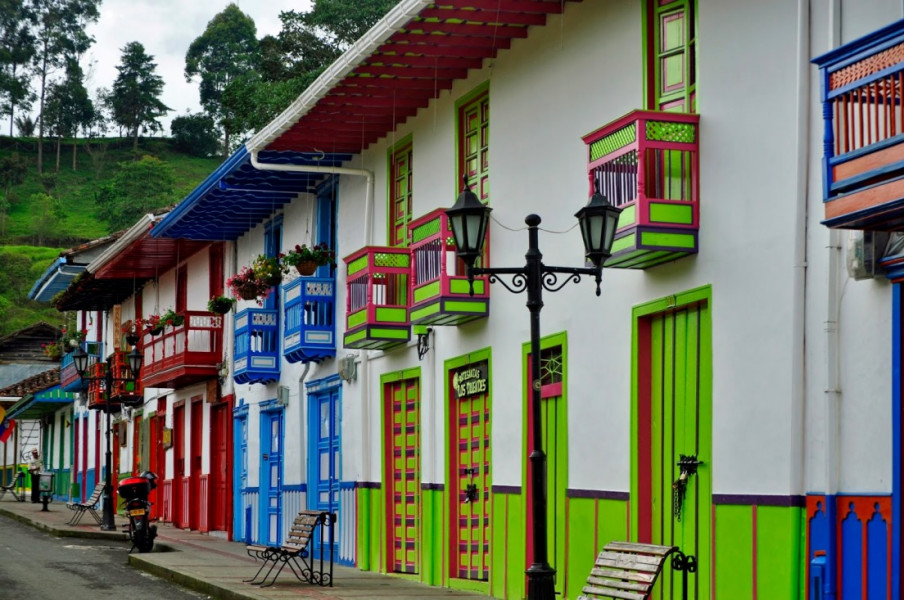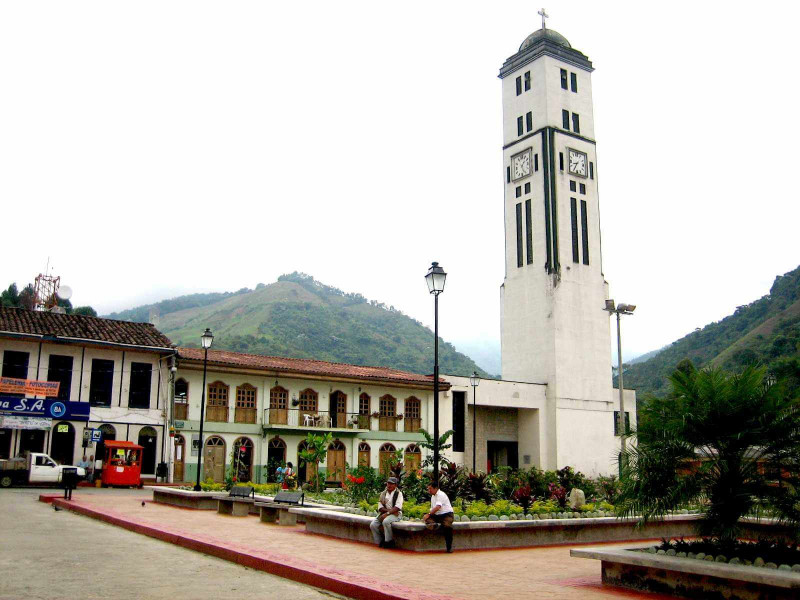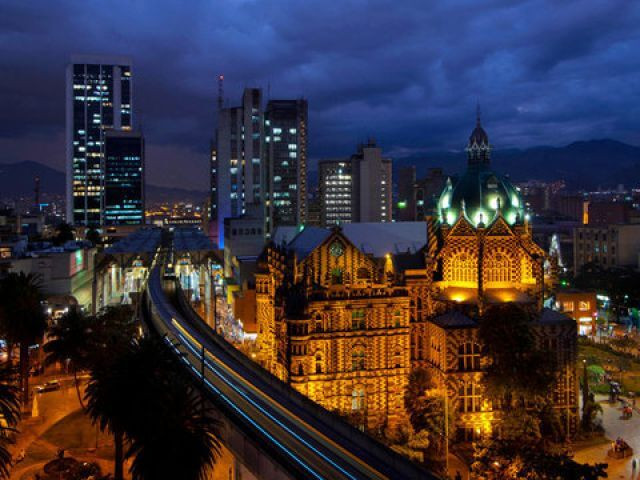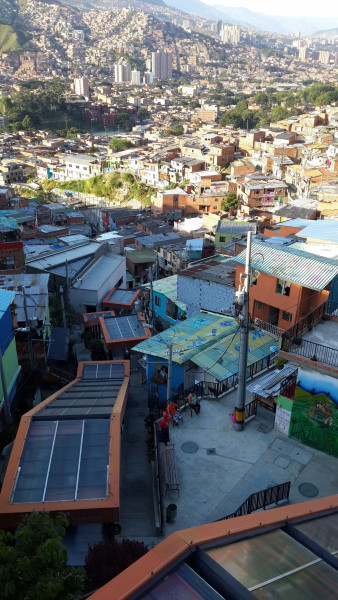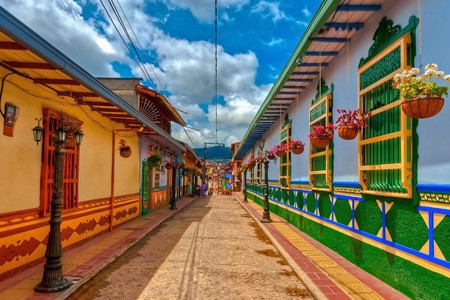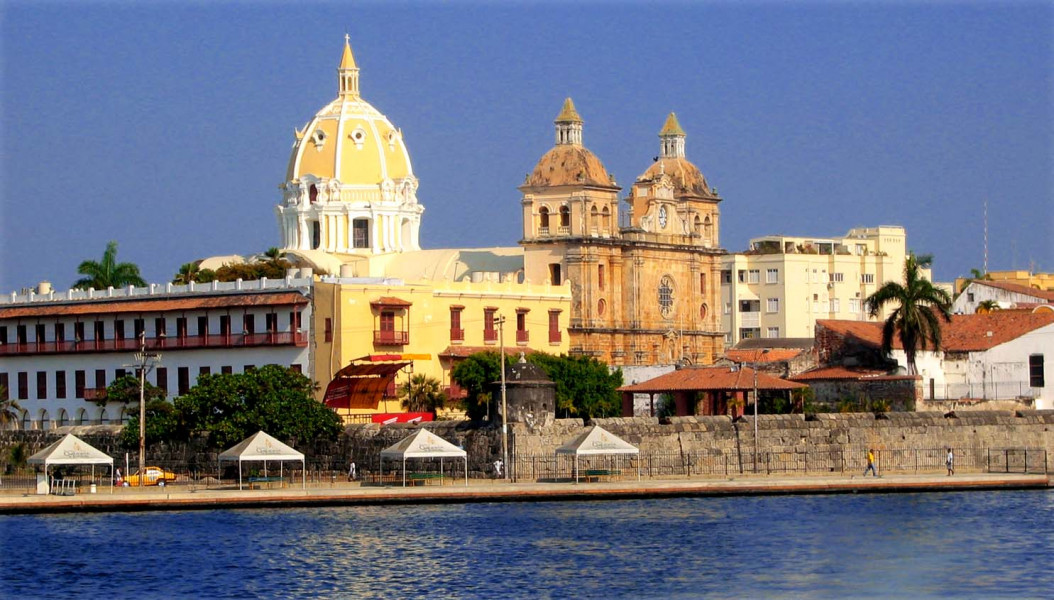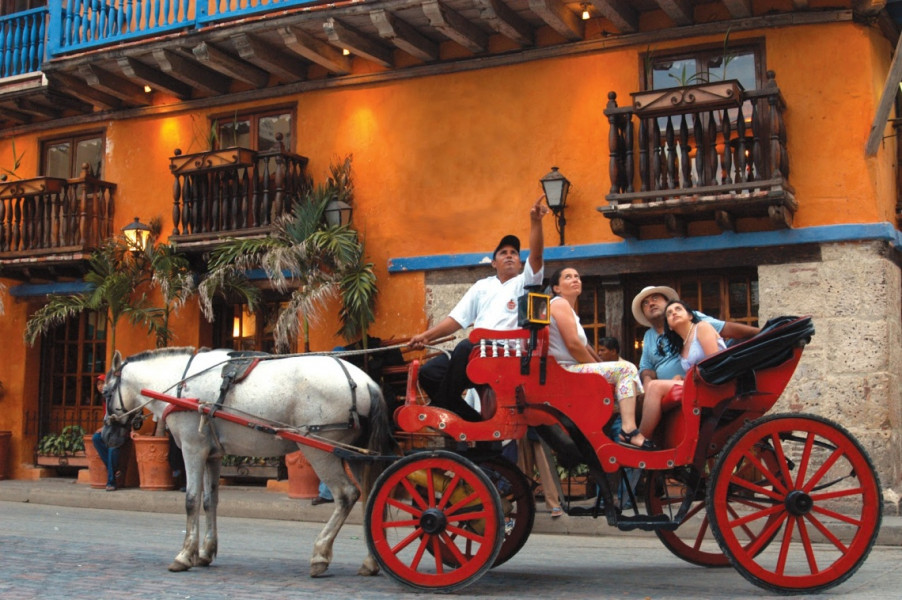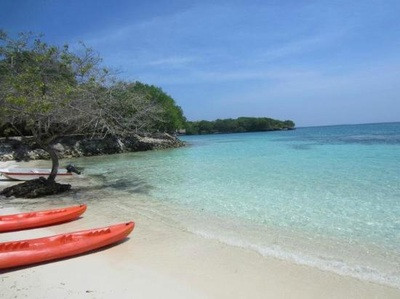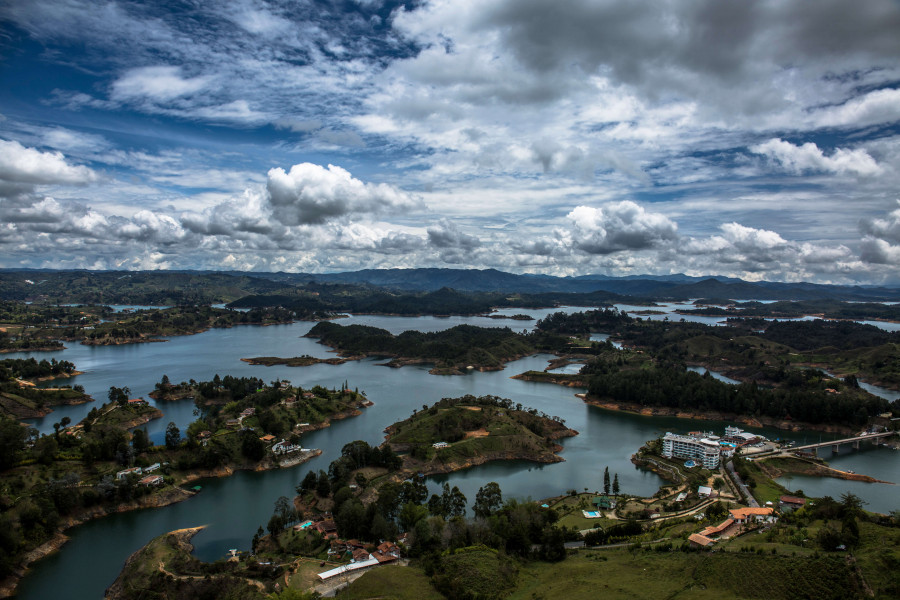Carved from a colorful history rife of piracy, Sultry Caribbean heat, with fusions of African, indigenous and European culture, Cartagena is Colombia’s living, breathing and pulsating museum. Absurdly photogenic La Heroica (Heroic city) awards even the laziest of travelers. Color splashes every corner,
balconies overflow with blossom, and energy seeps beneath the ancient wooden doors of hotels, restaurants and Casa Privadas.
Your tour will take through the old town under the Puerta Del Reloj (Clock tower entrance), a symbol of Cartagena, into the Plaza de los Coches. Your guide will divulge the myths and legends, histories and stories of Cartagena from ancient times right up to the present. From the Plaza San Pedro Claver with its stunning Church, on through to the Plaza Bolivar; with its shady areas, where a fresh Lemon juice can be enjoyed whilst watching the world go by.
After your Walking Tour in the Historic Walled City you will set off first to the Castillo San Felipe. This fort is the largest Spanish fortification in the Americas and dominates the old town. The first fortification on the site was started in 1536 and further extended over the following 200 years mostly by African slave labor. Underneath this amazing structure you will find a labyrinth of tunnels. The sun soaked fortification seeps tales of old for every traveler and the tunnels (some of which are lit and accessible to visitors) and ramparts are a living breathing history book.
A short walk away and your final stop is a visit to San Pedro Claver Cloister, monastery and museum built in homage to the protector of slaves, San Pedro, and serves as reminder of the turbulent past of Cartagena and indeed the Americas. The Cloister where Pedro Claver lived and died has become a special place of silence, and reflection – a shrine to the life's work of this extraordinary man. Here, visitors will find examples of pre-Colombian ceramics, and an extensive museum rich with objects of religious art. Adjoining the Monastery is a beautiful baroque church, designed by German and Dutch architects. Here, at the high alter, within a glass encasement, lie the remains of Saint Pedro Claver, “the slave to the slave
There are few things more romantic than an early evening traditional horse and cart ride along the cobbled streets of Cartagena's old town, winding along the lanes with colonial buildings rising around you spilling their balconies of flowers and a cooling Caribbean breeze. As you sit in the back of this historical form of transport, your driver managing his cart through the early evening bustle of the town you watch day turn to night and see a different side of Cartagena come alive.
Read more
Cartagena, 3 Nights

